Description
Midland ER210 NOAA Emergency Weather Radio – Compact, Crank, Weather Alerts, AM/FM Radio, Multiple Power Sources, SOS Emergency Flashlight
Product Overview
I want to tell you about a compact emergency radio that I rely on when weather turns unpredictable, when I plan extended trips away from a reliable power source, or when I pack my emergency kit for home or car. The Midland ER210 NOAA Emergency Weather Radio combines robust emergency communication features with multiple ways to keep it powered. I bought this unit because it balances practicality with dependable performance: NOAA weather alerts, AM/FM radio, a programmable NOAA scan feature, and an SOS flashlight beacon that can transmit Morse code for rescue signaling.
Key Features I Appreciate
- Multiple power sources: built-in solar panel, hand crank for manual recharging, and a rechargeable 2200 mAh battery that gives up to 32 hours of continuous radio operation. I never worry about being left without information or light.
- NOAA Weather Scan + Alert: the radio automatically scans seven NOAA weather band channels and locks onto the strongest signal. When severe weather is imminent, an alarm sounds to alert me, and it can also receive AMBER alerts.
- SOS FLASHLIGHT BEACON: a bright CREE LED emitting 130 lumens with Low and High brightness settings. It can flash Morse code so I can signal for help even when I am far from civilization.
- AM/FM radio: I stay tuned to local programming and news when I need more context beyond NOAA updates.
- Large backlit LCD display: I can quickly see radio station, time, or weather channel information at a glance, even in low light.
- USB charging cord included: the package includes a cord specifically for charging the radio, making it straightforward to recharge when I have mains power or a USB power bank.
Why I Trust This Radio
When I evaluate emergency gear, I look for devices that are simple to operate under stress and that keep working even when conditions are poor. The ER210 meets those needs. The combination of solar, crank, and rechargeable battery means I have multiple redundancies; if one power source is unavailable, another will often save the day. The NOAA Weather Scan feature eliminates guesswork by locking on to the strongest local broadcast, and the audible alert ensures I am notified even if I am not watching the screen. The SOS flashlight beacon adds a practical signaling option that goes beyond basic illumination.
How I Use It
- Home emergency kit: I keep the ER210 within reach during storm season. The NOAA alerts and AMBER broadcasts mean I am less likely to miss urgent community warnings.
- Road trips and car kit: I store the radio in my vehicle and use it for local AM/FM updates, weather alerts, and as a reliable light source. The crank and solar options are useful during long trips or when I am parked overnight.
- Camping and backpacking: I take advantage of the solar panel and crank to extend battery life. The 130-lumen LED is sufficient for campsite tasks, and the Morse code beacon gives me a signaling method if I become separated from my group.
- Power outages: I appreciate that the unit can run for long periods on a single charge; the 2200 mAh battery coupled with energy-saving display modes helps me manage power use during extended outages.
Who This Is For
I recommend the Midland ER210 for anyone who wants straightforward, dependable emergency communication without complex setup. It is especially suited to:
- Families preparing for storms and power outages.
- Commuters and drivers who keep a vehicle emergency kit.
- Hikers and campers who value redundant power options.
- Older adults or caregivers who want an easy-to-use alerting device.
- Community organizers and small businesses that need a compact NOAA-ready radio.
What’s Included
I verified the package contents so I could be certain what I was getting:
- Midland ER210 NOAA Emergency Weather Radio unit
- USB charging cord (designed for charging the radio)
- User manual (instructions and safety information)
Product Specifications
| Specification | Details |
|---|---|
| Battery Capacity | Rechargeable 2200 mAh |
| Continuous Radio Runtime | Up to 32 hours (on a full charge) |
| Power Sources | Built-in solar panel, hand crank, rechargeable battery, USB charging |
| NOAA Scan Channels | Automatically scans and locks onto 7 weather (WX) band channels |
| NOAA Alerts | Yes — weather alerts and AMBER alerts supported |
| Radio Bands | AM/FM + NOAA Weather Radio |
| Flashlight | SOS FLASHLIGHT BEACON with CREE LED, 130 lumens; Low and High brightness settings; Morse code flashing capability |
| Display | Backlit LCD (displays radio station, time, weather channel) |
| Included Accessories | USB charging cord, user manual |
Frequently Asked Questions I Hear
Q: How long will the battery last on a single charge? A: Based on the manufacturer’s guidance, the rechargeable 2200 mAh battery can power radio operation for up to 32 hours. Actual runtime varies with volume, LED use, and how often NOAA scan is active.
Q: Can I charge the radio with a power bank? A: Yes. I use a standard USB power bank to recharge the unit when wall power is unavailable. The included USB cord fits most USB power sources.
Q: Is the NOAA scan feature automatic? A: The NOAA Weather Scan will automatically cycle through available weather channels and lock onto the strongest signal. I find this helpful when I move between areas or when signal strength fluctuates.
Q: Can the flashlight be used independently of the radio? A: Yes. I often use the flashlight on its own to conserve radio battery when I only need light.
Q: Does the SOS beacon really help in rescues? A: The Morse code flashing mode with a 130-lumen CREE LED increases visibility and provides a standardized signal. It is a recognized method of attracting attention to your location, especially when combined with audible alerts or other signaling tools.
Care and Maintenance
I keep the unit dry whenever possible and store it in a cool place to maximize battery longevity. The solar panel performs best when kept clean and free of dust or grime; I wipe it with a soft cloth before extended use in the sun. I also perform a recharge cycle at least every few months if the radio is in long-term storage to maintain battery health.
My Recommendation
I recommend the Midland ER210 to anyone who wants a compact, dependable emergency radio with multiple charging options and a practical SOS flashlight. I find it to be a solid balance of portability, functionality, and straightforward operation. Adding this radio to an emergency kit gives me confidence that I will continue to receive critical weather and safety information and have a dependable light and signaling option when I need it most.
If you are assembling a kit for home, car, or outdoor adventures, I believe the ER210 is a practical and cost-effective choice that covers the basics of communication and illumination with useful redundancy in power options.

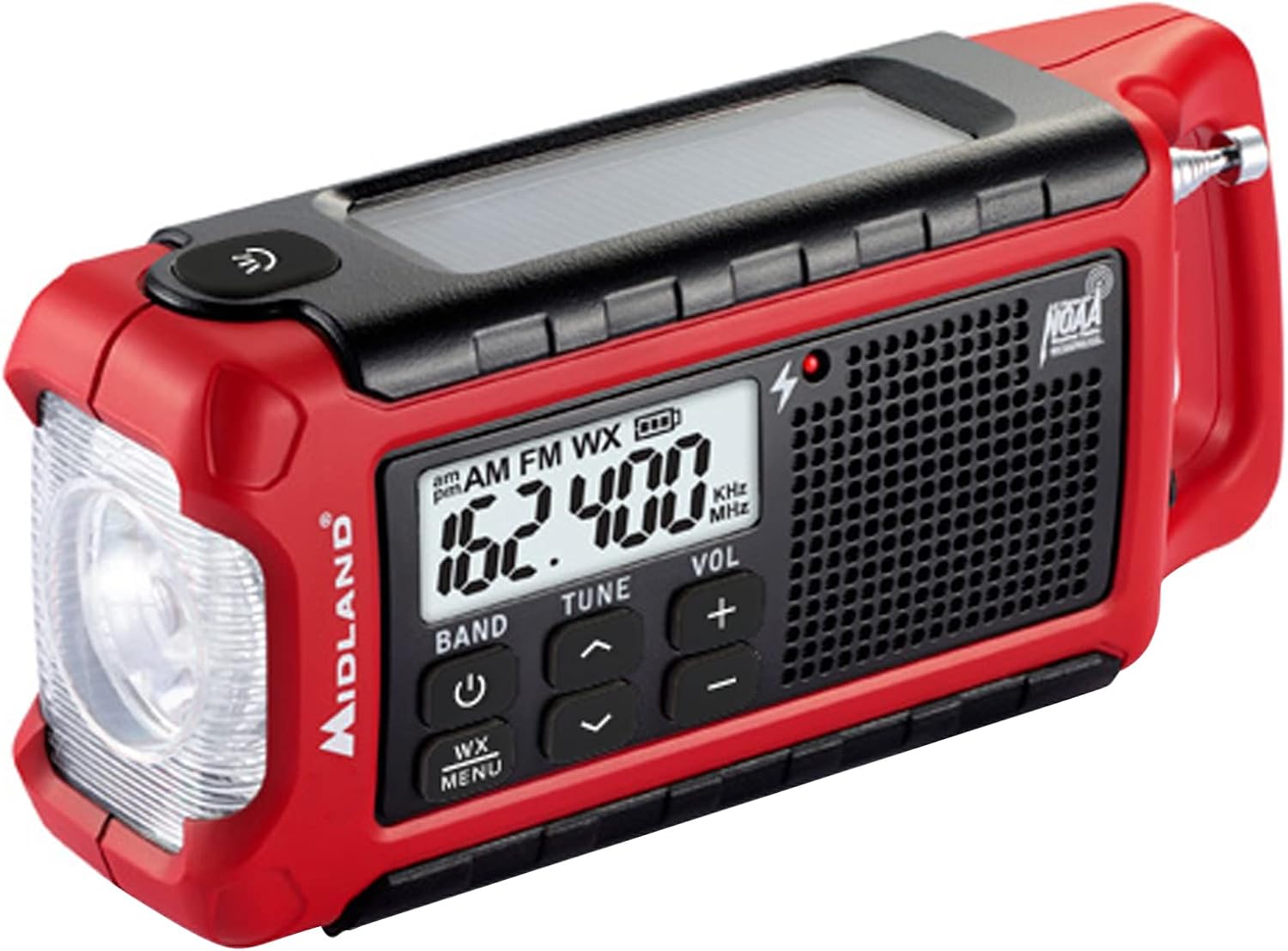
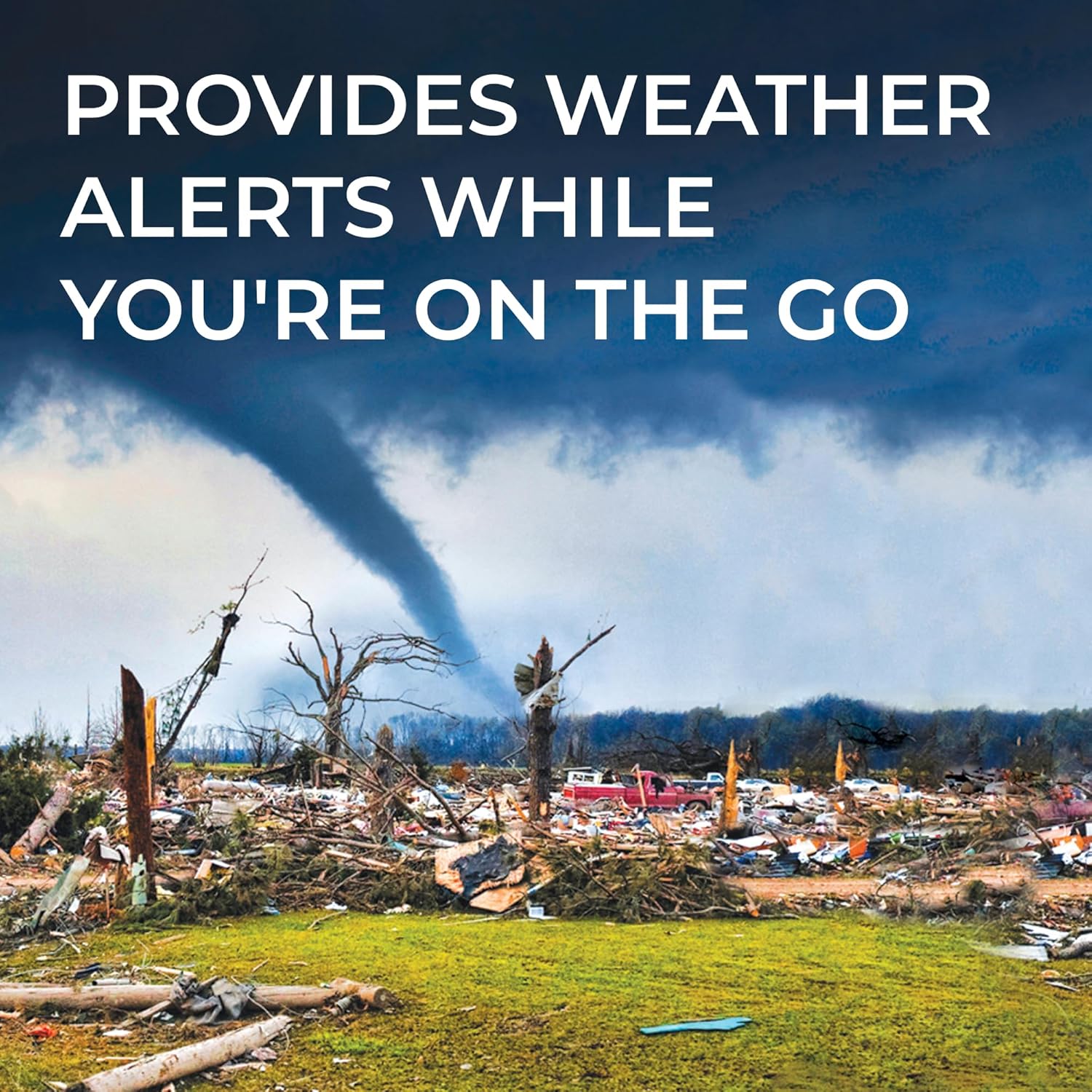
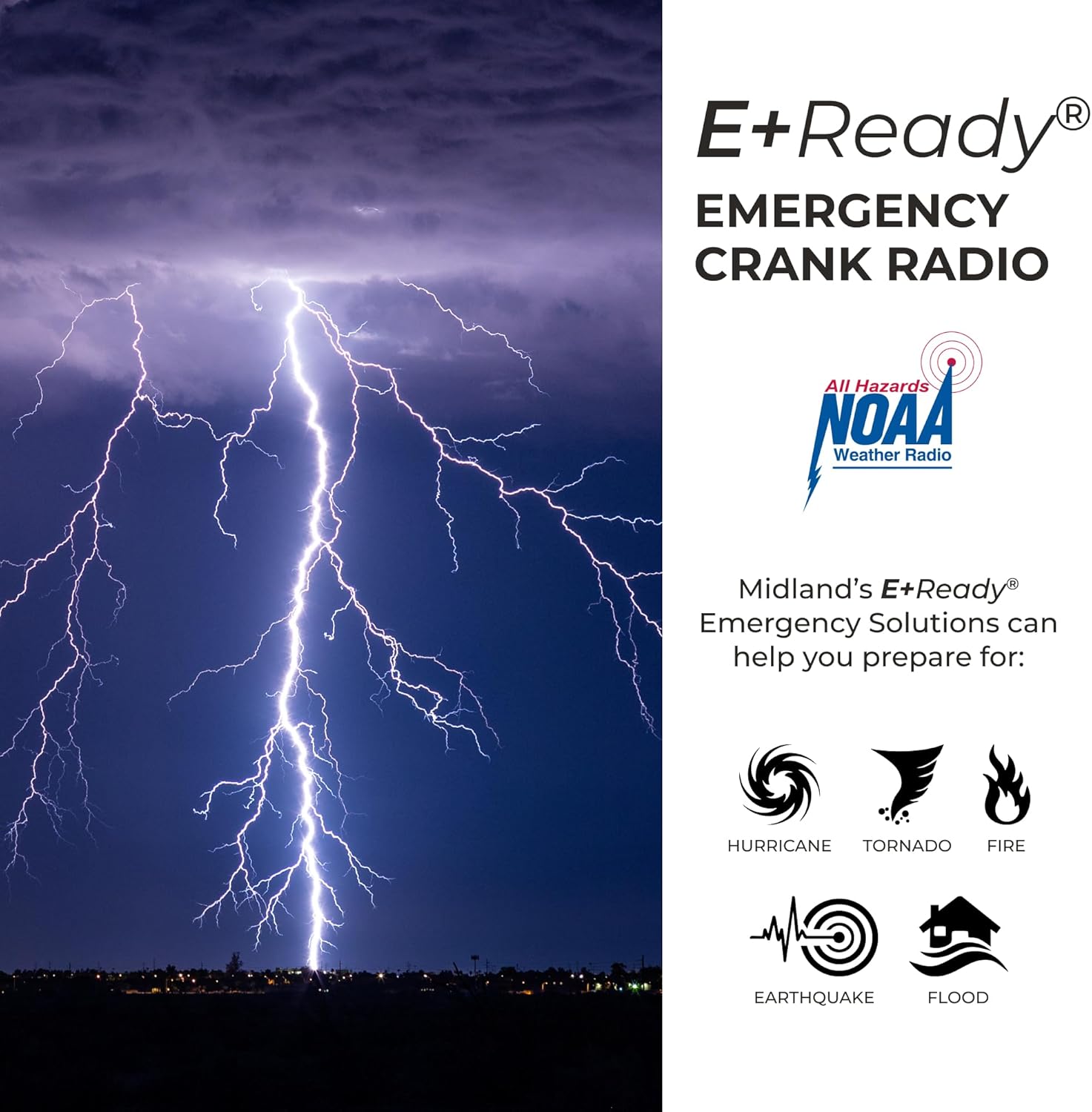
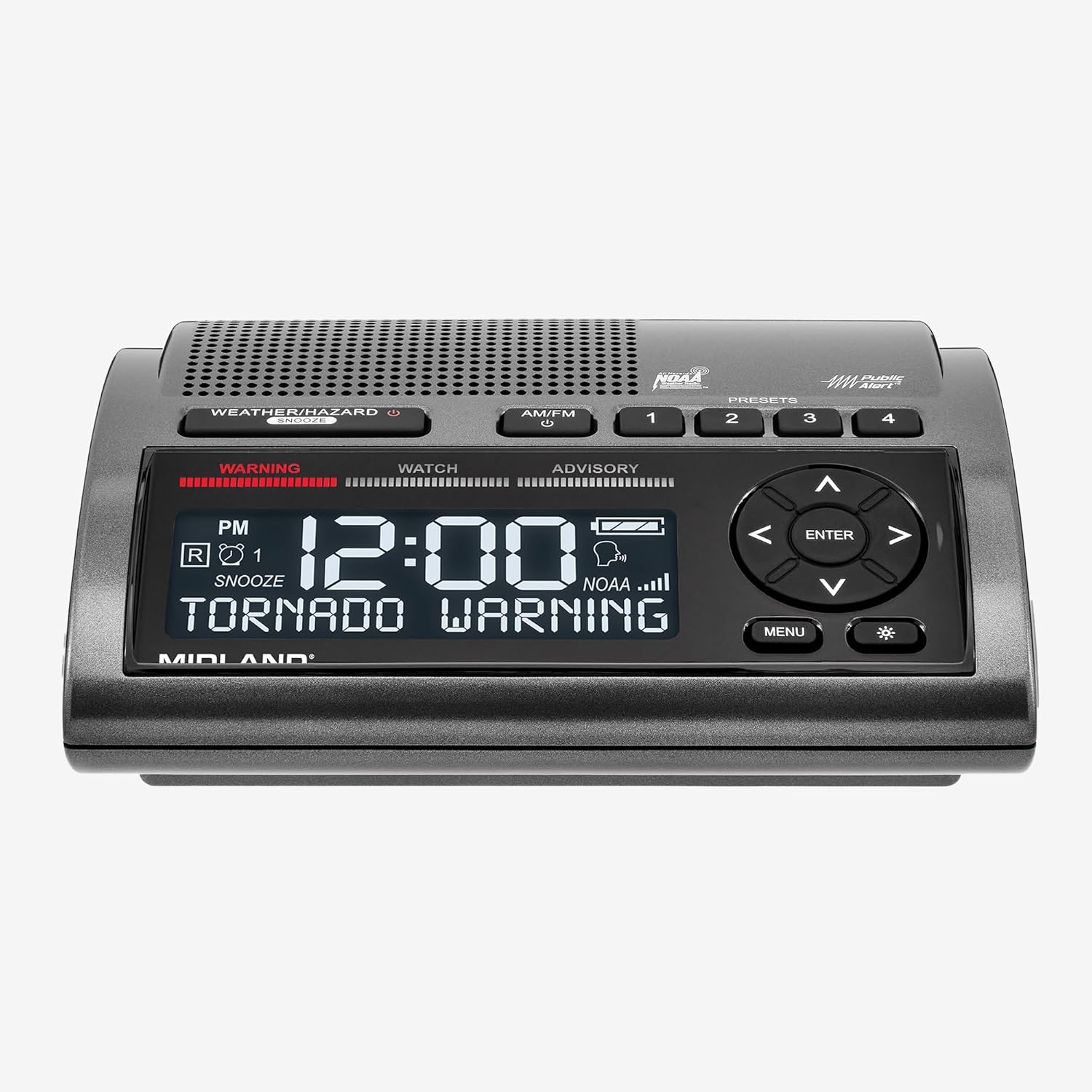
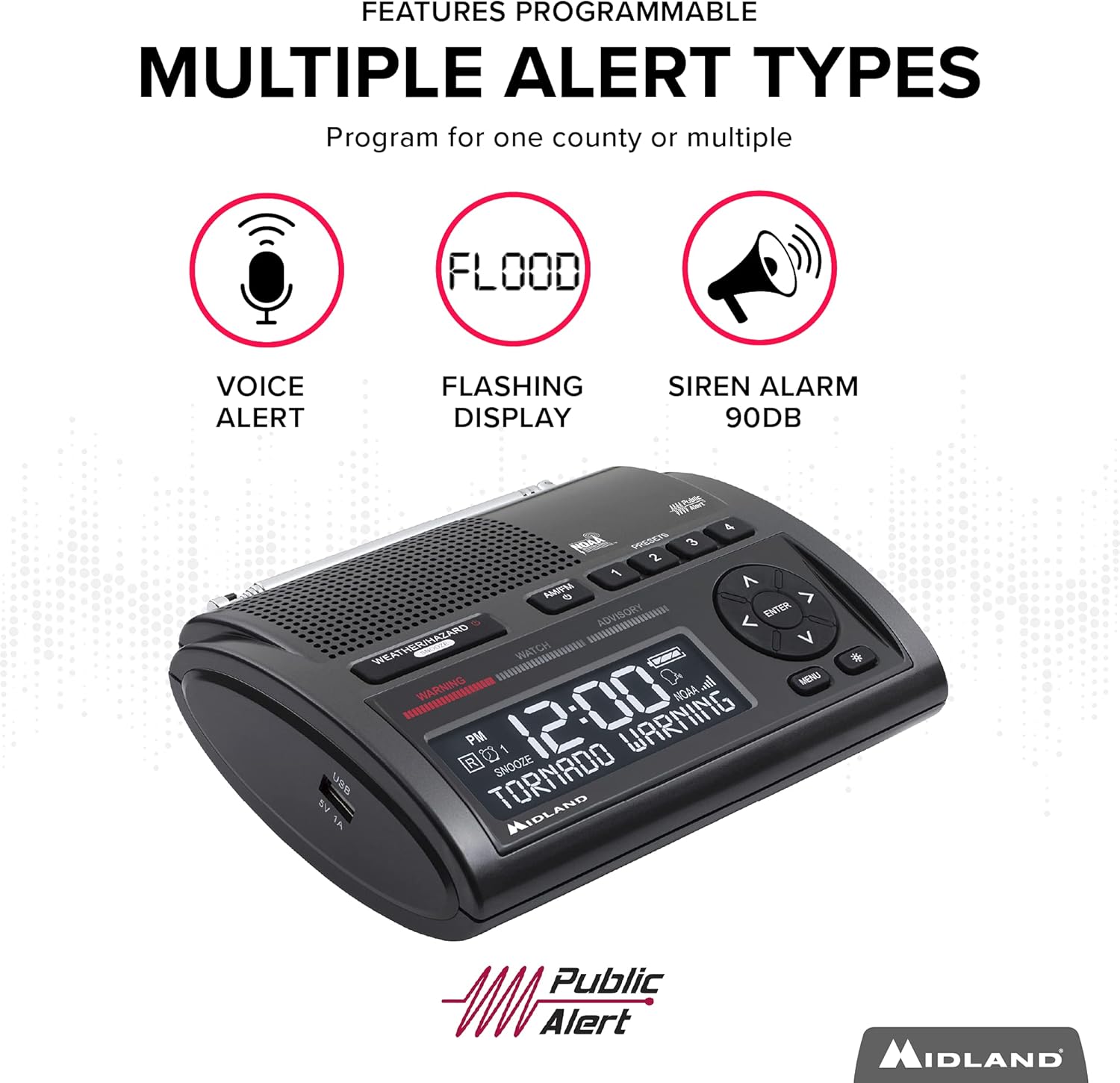
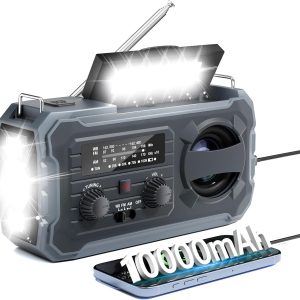
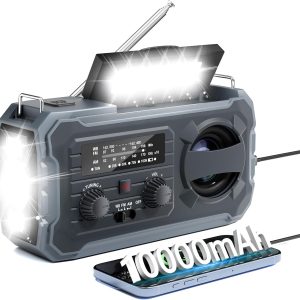











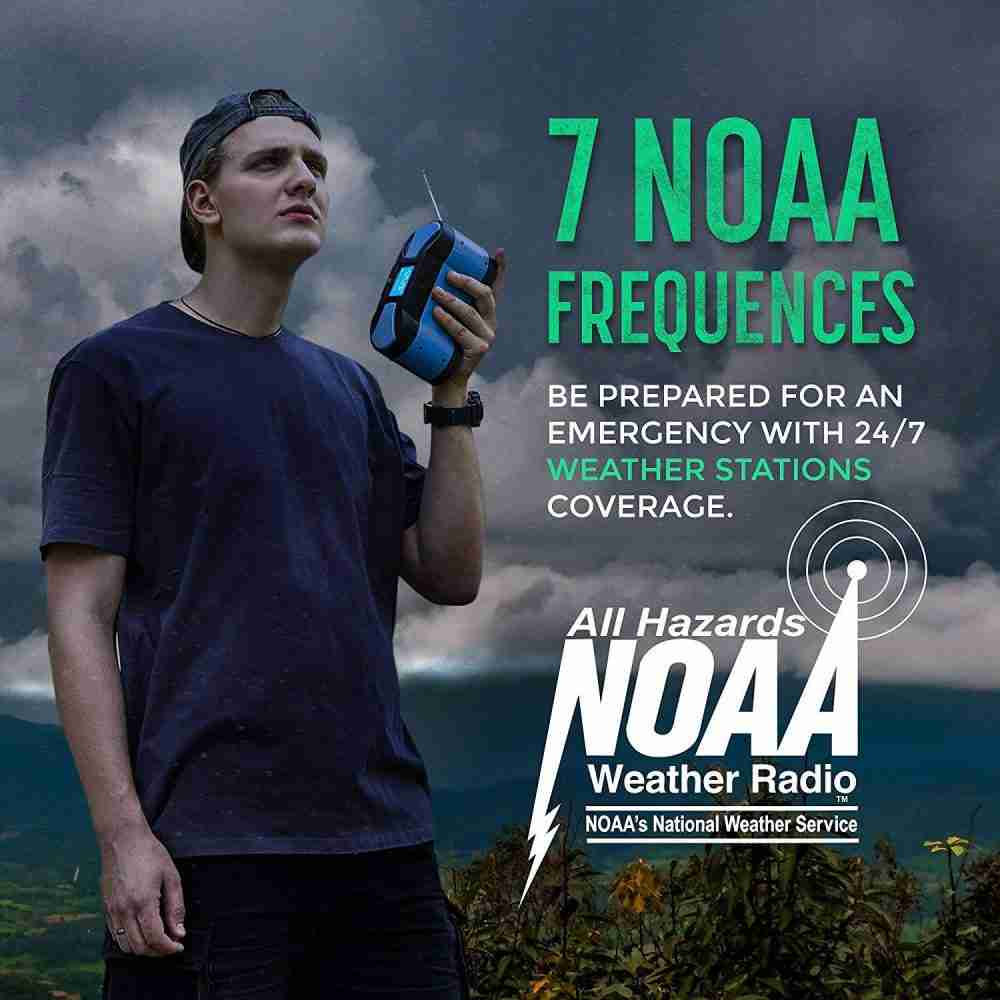

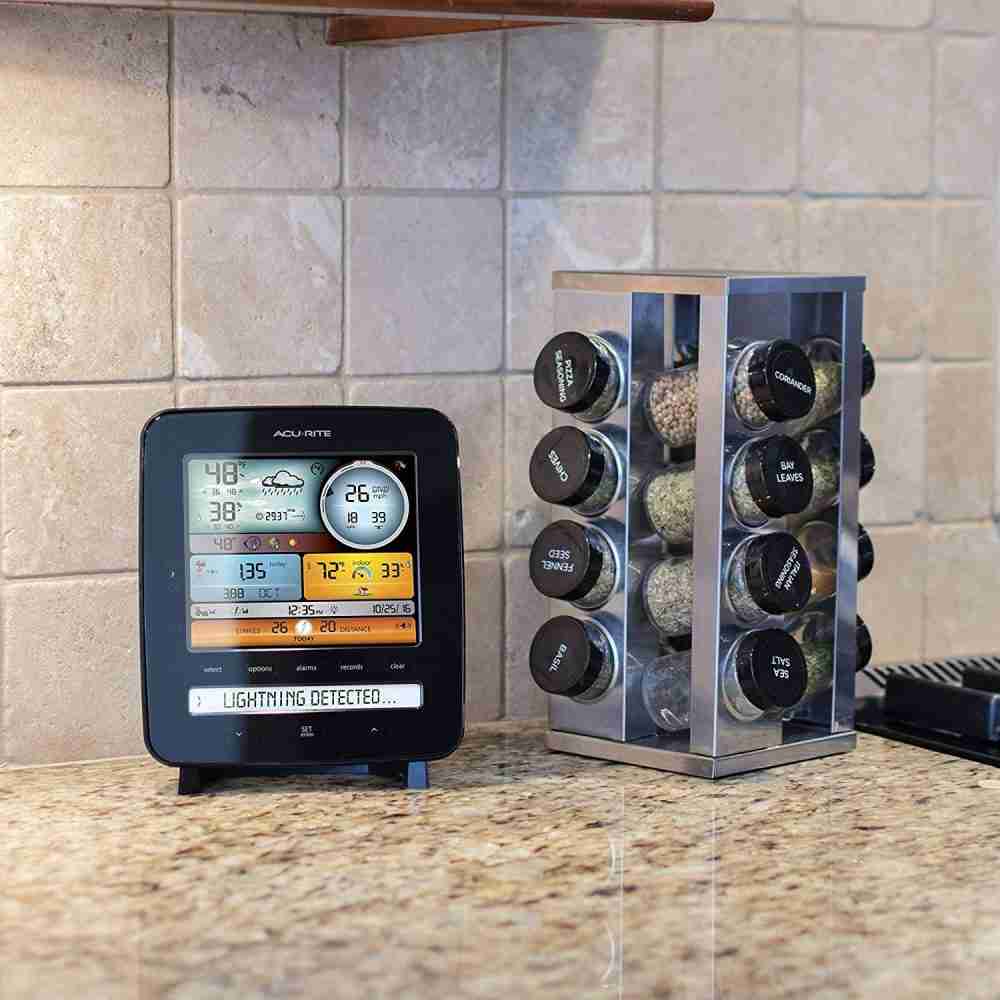















Reviews
There are no reviews yet.